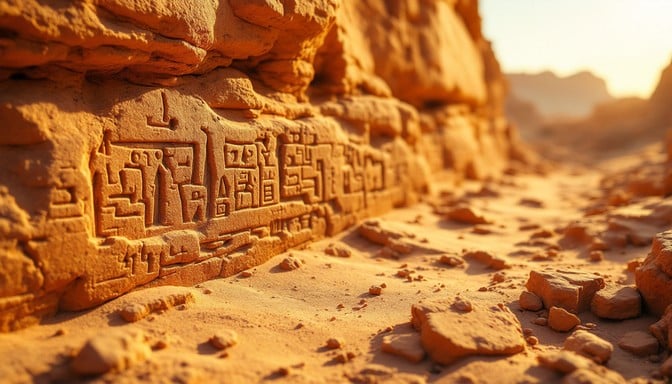The Origins of Cartography: From Babylonian Clay Tablets to World Maps
The word cartography—the science and art of mapmaking—entered the English language in the 1840s, borrowed from the French cartographie and derived from the Latin carta, meaning “map.” Yet while the term itself is relatively modern, the practice of cartography is as old as civilization itself. For millennia, humans have used maps not just as navigational tools, but as expressions of how they understood their world and their place within it.
From prehistoric cave paintings to the sophisticated projections of Classical Greece, maps reveal both geographic knowledge and cultural perspective. Among the earliest known examples, none is more captivating than the Babylonian Imago Mundi, a clay tablet dated to the 6th century BCE that offers a glimpse into how ancient Mesopotamians perceived the earth and heavens.
The First Maps: Etchings, Symbols, and Early Worlds
The earliest surviving maps were far from the detailed, data-driven charts of today. Instead, they were symbolic, etched onto stone, ivory, or painted on cave walls. These primitive representations often focused on landscapes, hunting grounds, and celestial patterns essential for survival.
By the time of Babylon, Greece, Rome, China, and India, cartography had developed into a more sophisticated science, merging observation with mythology. The Greeks, for instance, pioneered the concept of projecting maps onto a three-dimensional globe—an innovation that endures to this day.
But long before Greek globes or Roman road maps, the Babylonians created something extraordinary: the Imago Mundi.
The Imago Mundi: A Babylonian World Map
Dating back to the 6th century BCE, the Imago Mundi is widely considered the oldest surviving world map. Carved into a clay tablet, it illustrates Babylon’s unique worldview.
As reconstructed by the scholar Eckhard Unger, the map shows Babylon at the center, situated on the Euphrates River, encircled by a landmass representing surrounding regions, including Assyria and Urartu (ancient Armenia). Beyond this lies the “bitter river” Oceanus, the cosmic waters believed to encircle the world.
Strikingly, the map also depicts eight triangular outlying regions (nagu), arranged like points of a star. These distant lands—whether real or mythical—were part of Babylonian cosmology, reflecting a world shaped not only by geography but by myth, religion, and imagination.
The cuneiform text accompanying the tablet adds further depth, noting distances such as seven beru between the outer regions. For archaeologists and historians, these details provide valuable clues about how ancient peoples conceptualized space and distance long before modern measurement systems.
Maps as Windows Into Ancient Minds
The significance of the Imago Mundi lies not in its geographic accuracy, but in its ability to reveal the worldview of ancient Mesopotamia. It is less a navigational guide and more a cosmological diagram—a symbolic representation of how people believed the earth was structured.
This blending of fact and myth is a recurring theme in ancient cartography. Just as the Babylonians imagined distant mythical lands, later maps such as the medieval mappaemundi filled their margins with creatures, wonders, and theological symbolism. Maps, in every age, reflect not only what people knew, but also what they believed.
The Legacy of Ancient Cartography
The history of cartography is more than a story of evolving technology—it is the story of human imagination and curiosity. From Babylonian clay tablets to the great maps of Greece and Rome, every era of mapping demonstrates humanity’s desire to understand, order, and explore the world.
The Imago Mundi reminds us that maps are cultural artifacts as much as scientific tools. They preserve ancient perspectives, allowing us to step into the minds of civilizations long gone. And in doing so, they connect us across millennia through the shared quest to chart the unknown.
Continue Reading
For more fascinating insights into the mysteries of ancient maps, continue your journey through the related sources available at:
Ancient Maps – Ancient360





